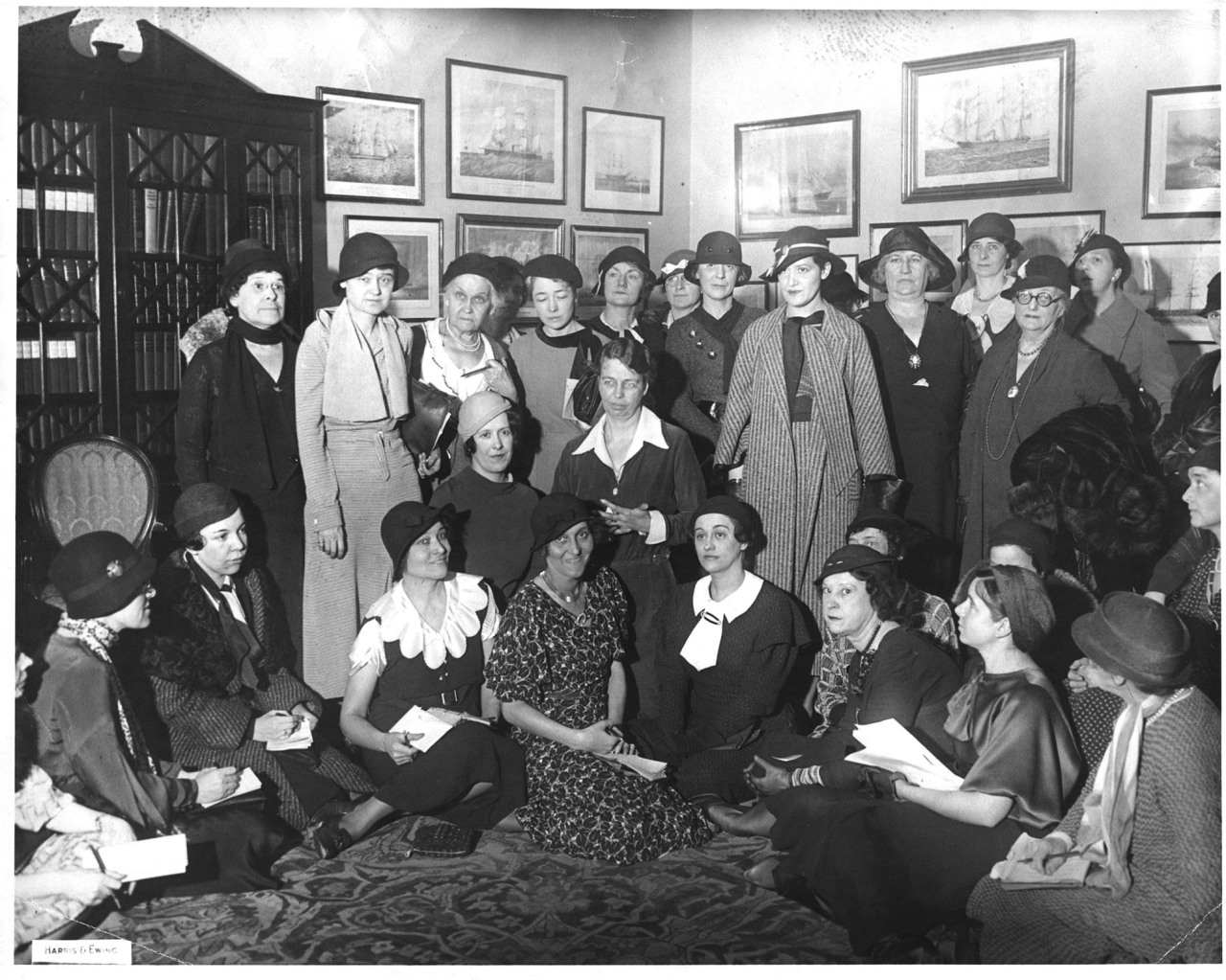Men are writing two-thirds of national stories about the 2020 presidential race
Men are writing the vast majority of national online news stories about the 2020 presidential primary, according to a preliminary byline count performed by the Storybench Election Coverage Tracker at Northeastern University School of Journalism.
Our analysis found that during a six-week period this spring men wrote 67.6 percent of the stories; women wrote 32.3 percent. This reflects a persistent gender gap in political journalism that could have especially serious implications during an election cycle featuring a record number of female candidates.
The full influence of journalists’ gender on news content remains a bit of an open question. There’s some indication that women’s entry into the field en masse during the 1970s and 1980s may have led to more coverage of education, health care, poverty and other social issues. And one study found that local newspapers with female managing editors were more likely to publish feature stories. What is absolutely clear, though, is that female reporters are more likely to include female sources in the stories they write — a phenomenon that can help close a persistent gender gap in expert sources. (If you’re a journalist reading this and thinking, “Hmmmm, I need more women in my source file,” start here.) One analysis found that, during 2016, male reporters quoted women 28 percent of the time. When women wrote the news, that number skyrocketed to 42 percent.
Given the record number of women running for president this year, including female voices in the stories we tell about the campaigns is more important than ever before.
Monitoring newsroom demographics is difficult in part because most outlets don’t respond to the American Society of News Editors annual survey, which is often used an an industry benchmark. The 2018 study, for instance, reported a 17 percent response rate. (It found that 22 percent of journalists identified as people of color and 41 percent were female.) The Pew Research Center took a different approach and used Census data to calculate that U.S. newsrooms are less diverse than the workforce as a whole. Its findings suggest that the race and gender gaps are smaller among younger journalists, although other research has shown historically high rates of attrition among women and people of color, so this may not be a lasting trend.
Byline counts like ours are another way to gauge gender representation in news. The Women’s Media Center often includes these counts in its annual reports, and many of its findings are in line with ours. In 2018, for instance, the center reported that 60 percent of online news was written by men. The same report found that, when it comes to stories about U.S. elections, the gender gap is far larger, with men writing 74 percent of stories last year. (Women, meanwhile, produce the majority of online news about lifestyle and health.)
During the 2016 presidential election, female political reporters covering the campaigns received a lot of attention. And the press corp following Hillary Clinton during the primaries was almost entirely female. Many hoped their good work would usher in a new era of gender parity, but that wasn’t the case. According to the Women’s Media Center, women wrote just 32 percent of stories about U.S. politics during 2016.
Our sample is far smaller than the one used in the center’s report, but it hints that, despite gains made by women elsewhere in society, political journalism remains a boys club. Our dataset was created by Storybench editor Aleszu Bajak and includes 4,251 articles published across 28 online news outlets from April 17 to May 30, sourced from Media Cloud. Of those, 2,990 contained bylines (scraped with the newspaper3k Python package) that could be assigned a gender designation.
A few other important notes: We recognize that gender isn’t binary. For the purposes of this project, though, we’re employing a simple female/male comparison. This is in line with methods commonly used in byline counts. Also, gender is just one component of journalism’s persistent diversity problem. Despite decades of efforts to make American newsrooms more reflective of the communities they cover, the field remains overwhelmingly white and male.
We’ll update our byline tally later this summer, so stay tuned. In the meantime, follow our work on Twitter using the hashtag #2020gendertracker.
And, if you’re a newsroom hiring manager, work harder when it comes to diverse hiring, OK? We’re still nine long months away from Iowa and New Hampshire, so you have some time to make your staff more reflective of the many Americans who look to you for help deciding which candidate to support.
Photo: To bolster the employment prospects of female journalists, First Lady Eleanor Roosevelt limited her press briefings to women. Modern female journalists now cover all aspects of political life but, despite decades of efforts to achieve gender parity, they remain a minority.





